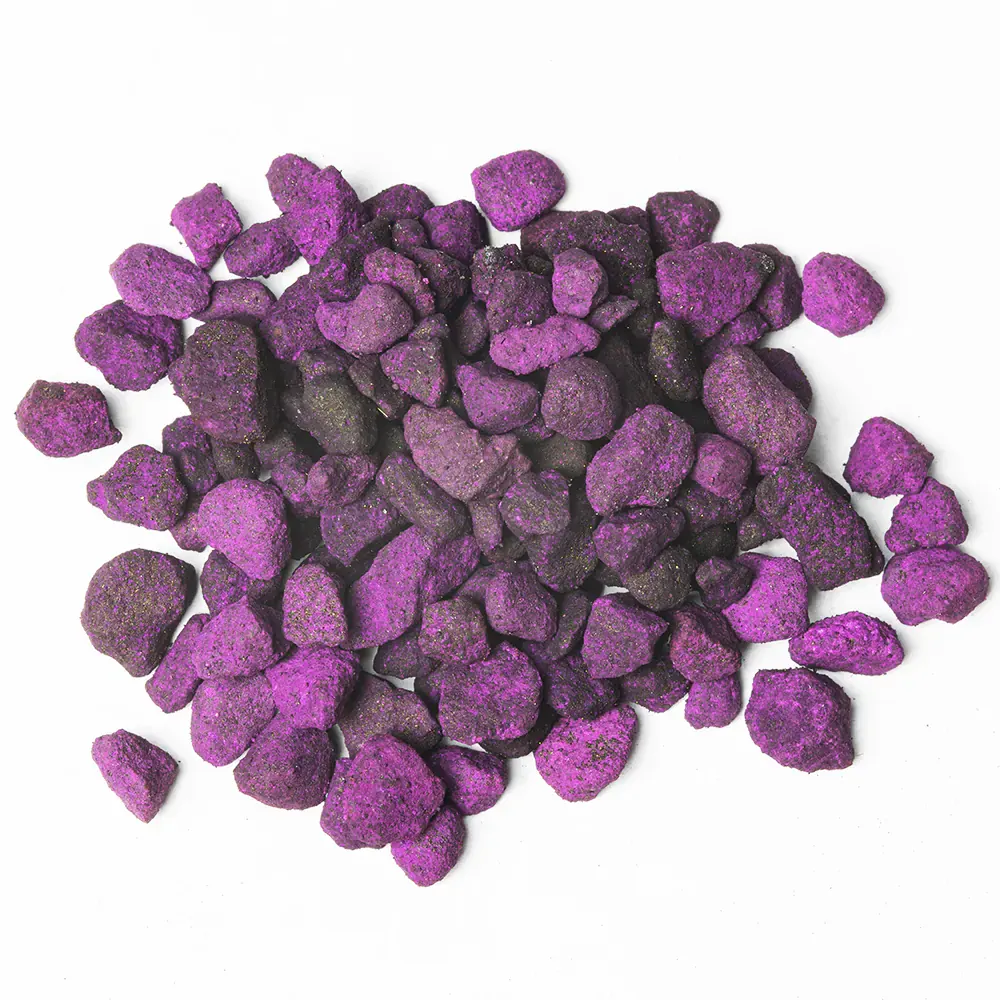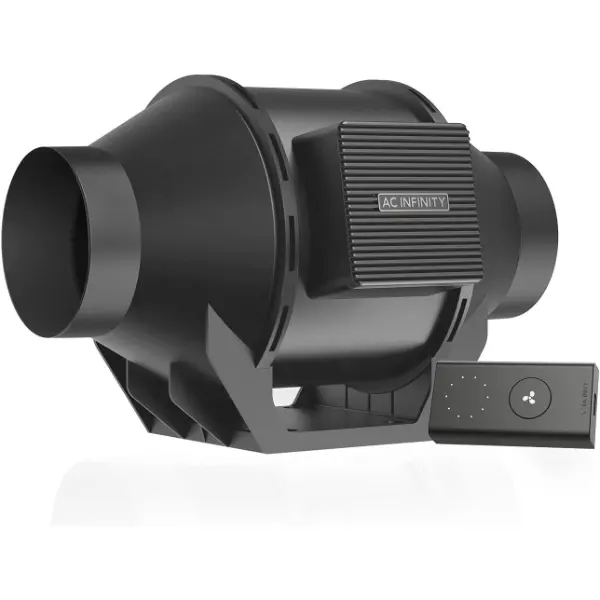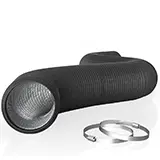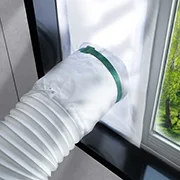
FumeFusion Zeolite for 3D Printing
- Zeolite impregnated with KMnO4 that breaks down VOCs into CO2 and water vapor
- Best when used in conjunction with activated carbon
- Changes color from purple to brown when exhausted
on Orders $100+





4D Filtration FumeFusion is a zeolite impregnated with potassium permanganate, a powerful oxidizer that can break down harmful volatile organic compounds (VOCs) into carbon dioxide and water vapor, when the VOCs are fully oxidized.
When To Use FumeFusion Zeolite:
FumeFusion Zeolite is particularly useful when printing with resin or engineering filament, as it can effectively break down harmful airborne chemicals like styrene and formaldehyde.
FumeFusion can also serve as an indicator to know when to replace your activated carbon, ensuring your air filtration system remains effective.
How To Use FumeFusion Zeolite:
For optimal results, we recommend using FumeFusion Zeolite with a MERV 13 or HEPA filter when indoors. This pairing ensures that any loose potassium permanganate or zeolite dust is contained, and ultrafine particles from filament or resin will be captured, keeping your air clean and safe.
To keep the filament dry and avoid wetting, use FumeFusion in an extraction setup rather than a recirculation setup. A recirculation setup will expose the filament spool to the water vapor generated.
Why FumeFusion Zeolite Is More Effective Than Activated Carbon:
While activated carbon is great at trapping VOCs, FumeFusion Zeolite goes a step further by allowing these gases to react with the potassium permanganate, breaking them down. As the potassium permanganate reacts and neutralizes these gases, the zeolite surface turns brown, providing a color-based indicator for when the media needs replacing.
Using FumeFusion Zeolite for Cleaner Venting:
If you live in an apartment or compact housing and use a resin printer, incorporating FumeFusion Zeolite into your ventilation system promotes a healthier living space for you and your neighbors. By placing FumeFusion Zeolite in-line with your duct before the air is vented outdoors, you can effectively break down a significant portion of the volatile organic compounds (VOCs), ensuring that cleaner air is exhausted outside.
A recirculation setup is one where the air that is being filtered doesn't leave the enclosure. This may be done by having the air cleaner inside the enclosure, or by using duct to direct air from the enclosure, into the air cleaner, then back into the enclosure.
An extraction setup is one where the air is pulled outside of the enclosure through the air cleaner, while air in the room enters the enclosure through gaps. A gap in the enclosure is necessary to allow airflow; otherwise, the fan will be trying to pull a vacuum.
Fresh zeolite will be black with scattered pink or purple. When the potassium permanganate has reacted with VOCs, it will form manganese dioxide, which will appear brown.
When potassium permanganate reacts with VOCs it breaks down into manganese dioxide and potassium hydroxide. While manganese dioxide is an oxidizer and can continue reacting with VOCs it is less effective than the potassium permanganate. By the time all of the potassium permanganate has disappeared, the zeolite is likely fully loaded and needs to be replaced.
Under standard printing conditions, the potassium permanganate will not rust metal components at a distance. However, we do recommend using a MERV 13 or HEPA filter downstream of the zeolite. This would capture any oxidizing dust and the ultrafine particles emitted from the filament or resin.
Rusting in printers is often linked to acid-washed carbon. Neither our zeolite or activated carbon is acid-washed; our zeolite is impregnated using distilled water. It is important to note that trace amounts of oxidizing gases can still be produced from the partial oxidation of certain chemicals, such as Styrene. While the risk is minimal, these gases have a potential to cause rusting over a long period of time. With internal testing, we have printed ABS for extended periods with air being recirculated through the zeolite, and there have been no signs of rusting.
The potential for rusting can be minimized by opting for an extraction setup, using activated carbon downstream of the zeolite, lowering the airflow rate, and using a sufficient amount of zeolite.
When IPA gas molecules react with potassium permanganate, the final product is carbon dioxide and water vapor when fully oxidized. Partial oxidization can produce acetone and acetic acid (vinegar), both of which can still further react into carbon dioxide and water vapor.
When Formaldehyde gas molecules react with potassium permanganate, the final product is carbon dioxide and water vapor when fully oxidized. Partial oxidization can produce formic acid, which can still further react into carbon dioxide and water vapor.
When Styrene gas molecules react with potassium permanganate, the final product is carbon dioxide and water vapor when fully oxidized. Partial oxidization can produce benzaldehyde, formaldehyde, benzoic acid, and formic acid, all of which can still further react into carbon dioxide and water vapor.


